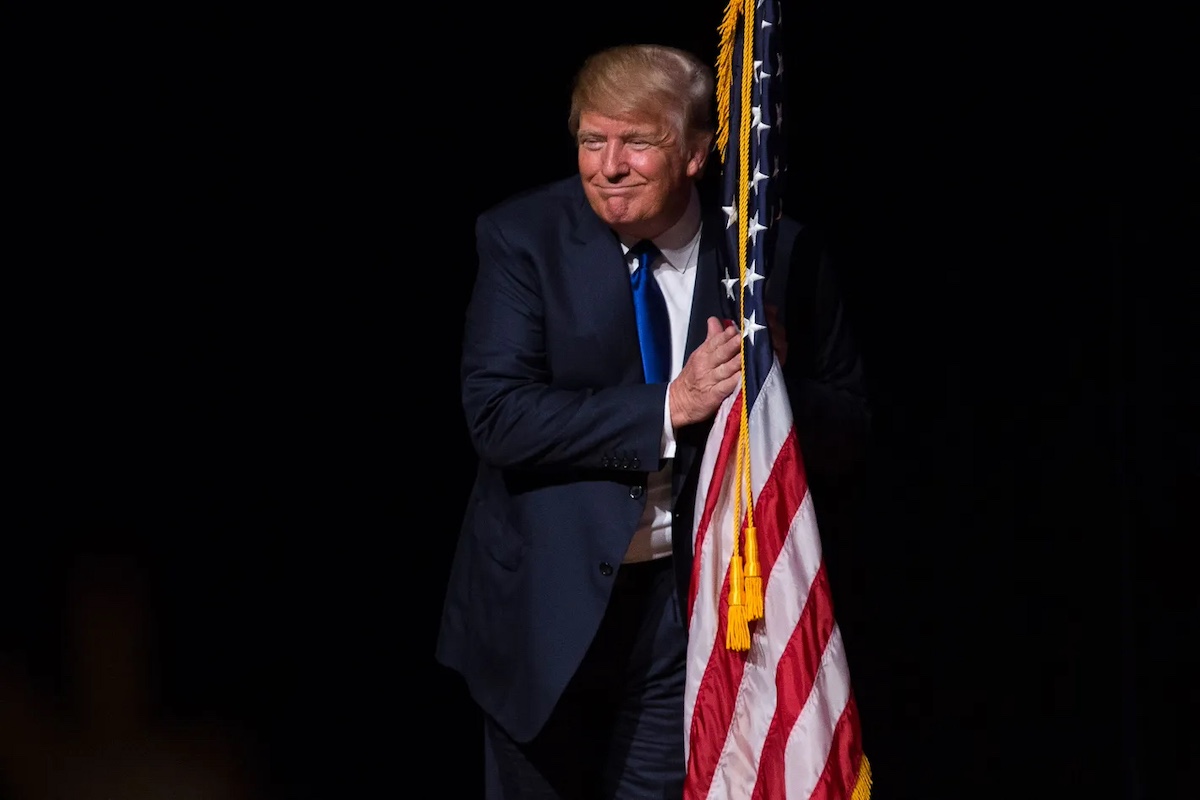
Donald Trump’s election win is creating new economic dynamics for Asia, bringing both uncertainty and strategic opportunities.
Trump’s policies, historically known for prioritizing direct American benefits, are already raising concerns across Asian markets, where trade, investment and geopolitical stability could all be adversely affected.
Trump’s re-election is likely to signal a return to heightened trade tensions, especially with China. His previous administration set a precedent for imposing extensive tariffs on Chinese goods, citing trade imbalances and intellectual property concerns.
The levies, which escalated broadly into a trade war, disrupted global supply chains and created instability in industries heavily reliant on US-China trade.
It’s expected that Trump will revisit or intensify this approach. On the campaign trail, the businessman-cum-politician frequently said he would impose 60% tariffs on all Chinese goods and 20% on all other nations’ imports.
If fully implemented, this poses risks not only to China but to other Asian nations intertwined in its supply chains.
For China, a renewed trade war would add to the economic challenges it already faces from a lingering property crisis and cooling domestic economy that has raised questions about whether it will be able to hit its 5% GDP growth target.
The previous Trump administration’s tariffs pressured China to reevaluate its trade strategies, pushing it to seek deeper regional partnerships.
If these tariffs are expanded or more restrictive policies are introduced, China can be expected to seek to further strengthen its trade alliances in Asia, particularly within the Regional Comprehensive Economic Partnership (RCEP) free trade bloc.
The shift could potentially reduce its dependence on US markets, creating a more integrated and interdependent Asian trade bloc and offset the immediate economic pressures caused by renewed tariffs on its crucial export sector.
Smaller economies across the region that act as intermediaries between the world’s two largest economies in terms of trade are also likely to face a more challenging environment under Trump 2.0.
Countries like Vietnam, Thailand and Malaysia, which benefited to varying degrees from manufacturing shifts out of China during the last trade war, might face new risks if tariffs further disrupt supply chains.
They also run the risk of being targeted for tariffs as transshipment depots for Chinese goods labeled like they were made somewhere else.
While these countries could attract more manufacturing in response to the trade tensions, the uncertainty of sustained demand may limit capital inflows, potentially jeopardizing long-term growth and investment.
Japan and South Korea could also face strategic decisions in their trade relations with America and China. Both economies are key US allies and rely heavily on exports, particularly in high-tech sectors like semiconductors and automotives.
With Trump’s renewed focus on bringing high-value manufacturing jobs back to the US, Japanese and South Korean firms that export to the US could face renewed tariffs or pressure to shift production to new factories in America.
As competition grows to maintain the US as a key market, both countries will face challenges balancing their ties with China, their largest trading partner, and the US, a crucial security ally.
Tech challenges
In the tech sector, Trump’s policies are expected to continue restricting Chinese access to US high-end technology, impacting Chinese tech companies like Huawei.
These restrictions have already forced Chinese companies to source alternatives within Asia, with the upshot of potentially accelerating technological innovation across the region.
While China has responded by investing heavily in its domestic semiconductor industry, the constraints on technology-sharing may deepen divides between the superpowers and compel Asian nations to choose sides in a competitive tech space.
Countries like Taiwan, which holds a dominant position in the semiconductor industry, could face increased pressure from both powers to restrict or expand exports. This could lead to an environment where strategic industries become battlegrounds for influence and control.
Currency markets in Asia may also see significant fluctuations under Trump, as investors react to shifts in trade relations and global capital flows.
The Chinese yuan can be expected to face renewed pressure, potentially encouraging Beijing to enact capital controls or other measures to stabilize the currency.
Meanwhile, emerging Asian currencies may see volatility if tariffs or trade restrictions weaken their exports, making these economies more susceptible to capital outflows. That said, the dynamic may also present an opportunity for certain Asian countries to boost exports as the dollar strengthens.
Investment flows into Asia may also be impacted, as Trump’s policies could pressure American companies to reshore their operations home.
This redirection of capital might initially pose challenges for Asia, particularly if Washington enacts tax incentives or other measures to encourage more domestic growth.
Yet, if Asia’s economies continue their own transitions toward consumer-driven models and digital economies, they could attract a new wave of international investments independent of American capital.
The favorable demographics and growing middle class in many Asian nations, coupled with the spread of digital infrastructure, may allow these markets to retain appeal among global investors even amid shifting US priorities.
While Trump’s second presidency may erect new hurdles and barriers for Asia’s export-geared and investment-dependent economies, the region’s adaptability and integration should allow for resilient responses.
Asia’s extensive trade networks, growing technological capabilities and shifting alliances could give the region a foundation to successfully handle shifting policy directions from a more protectionist administration in Washington.
Article Source : asiatimes Website


0 Comment